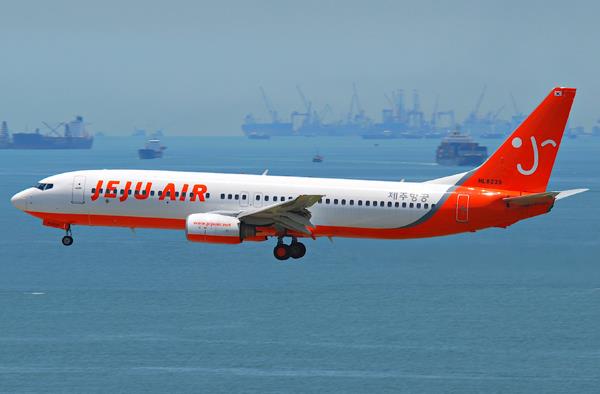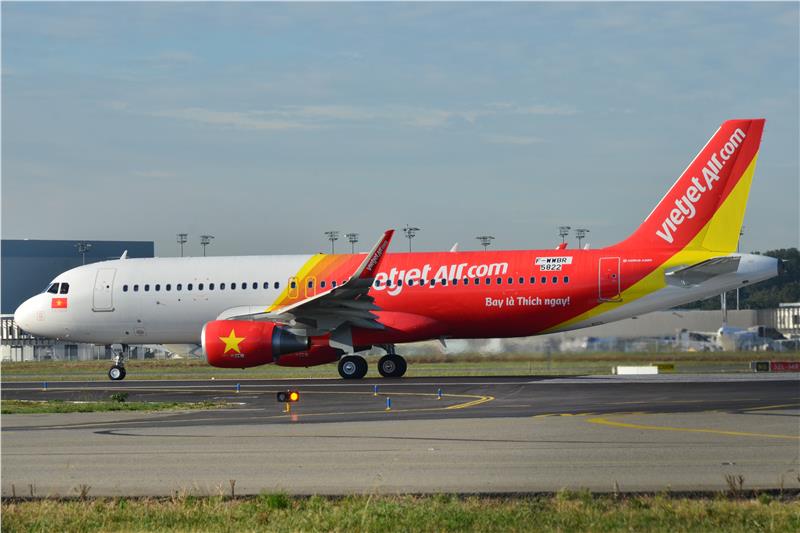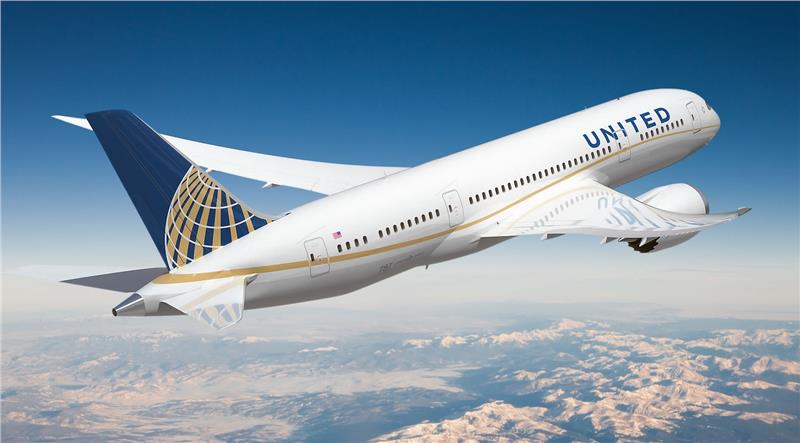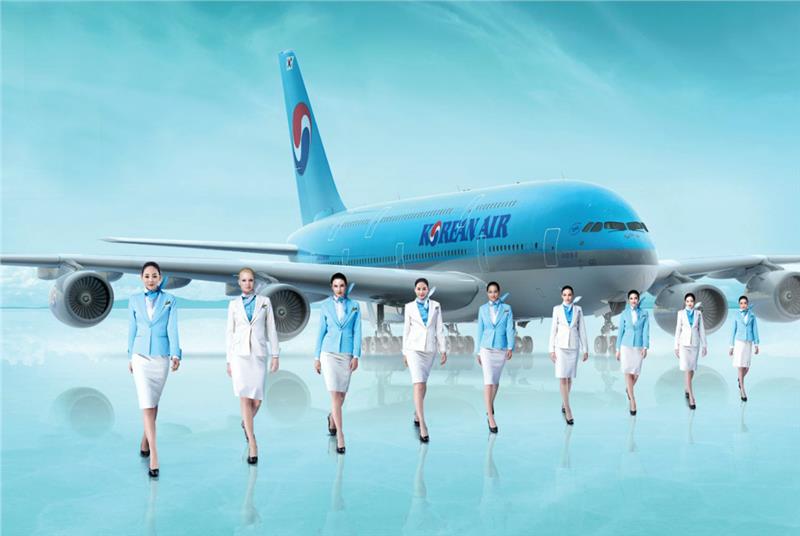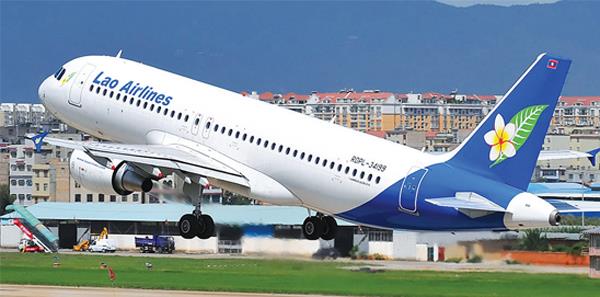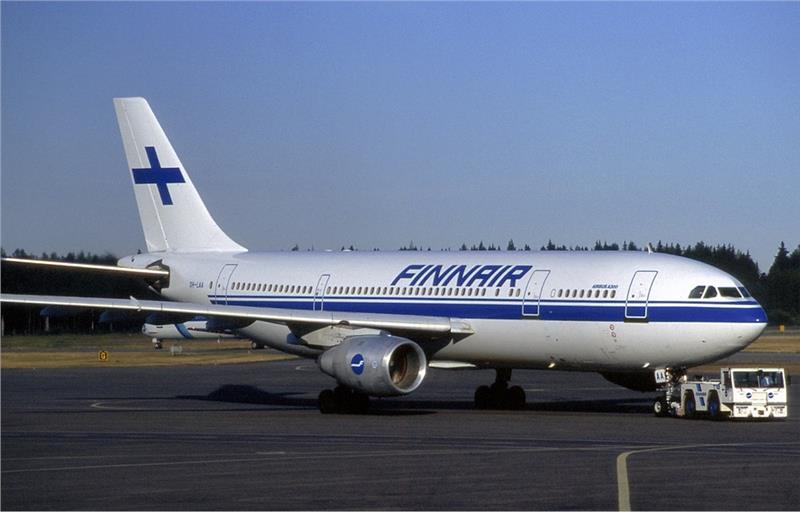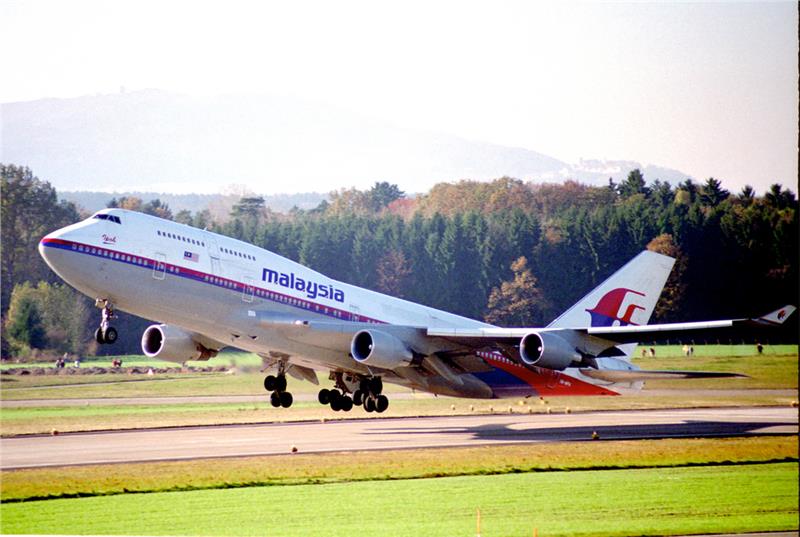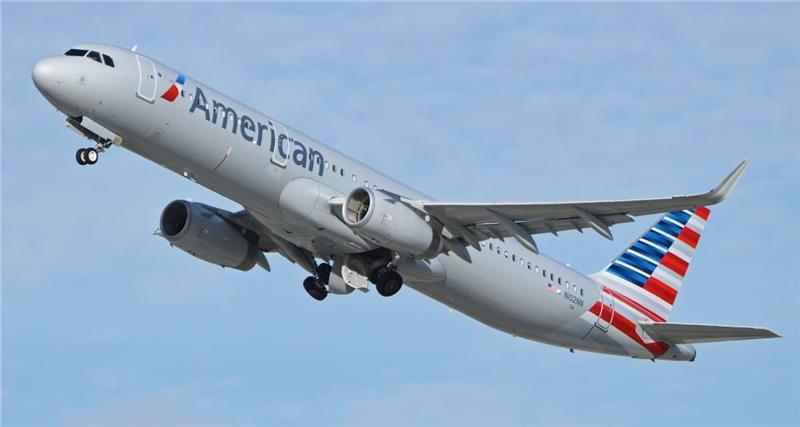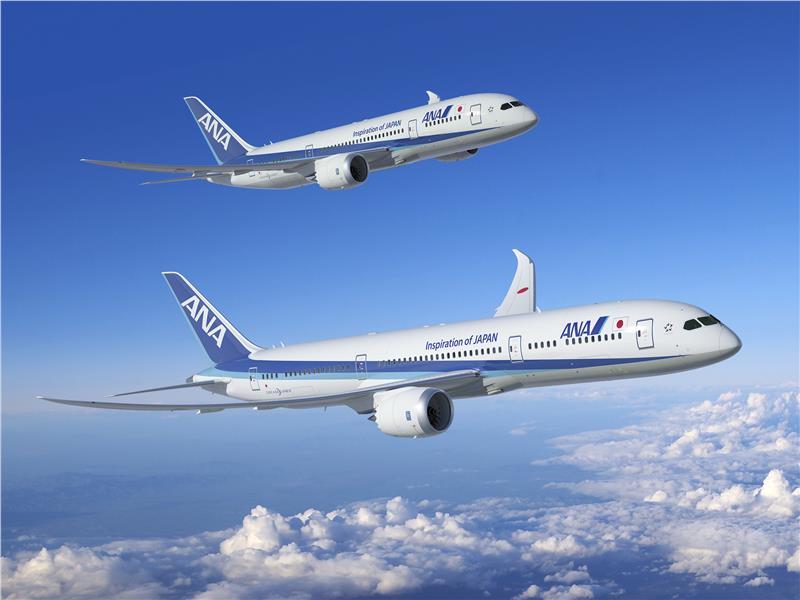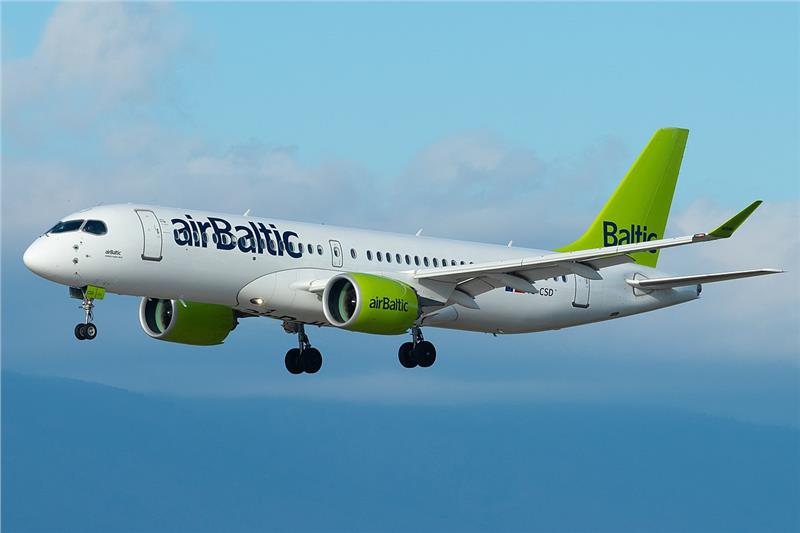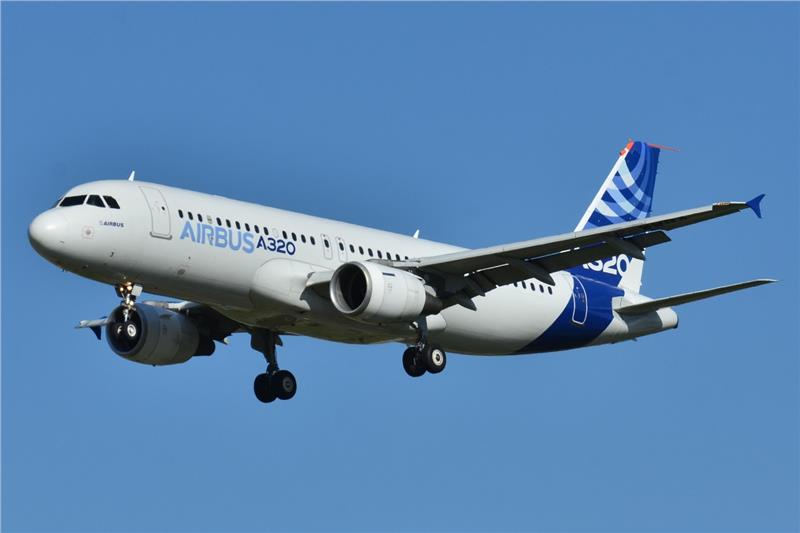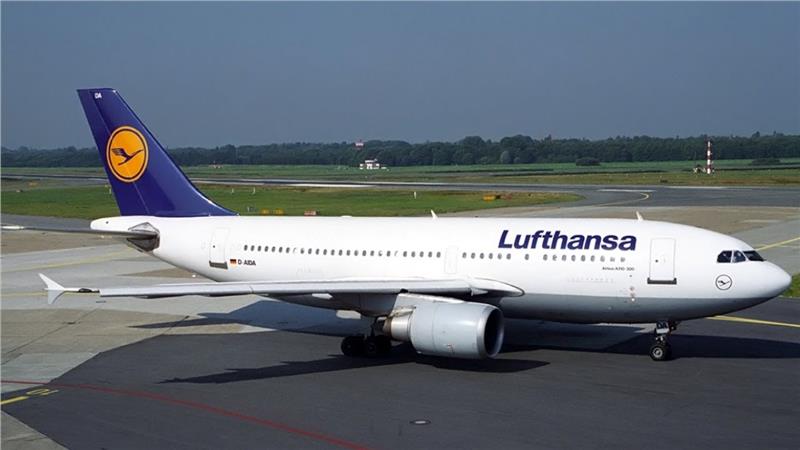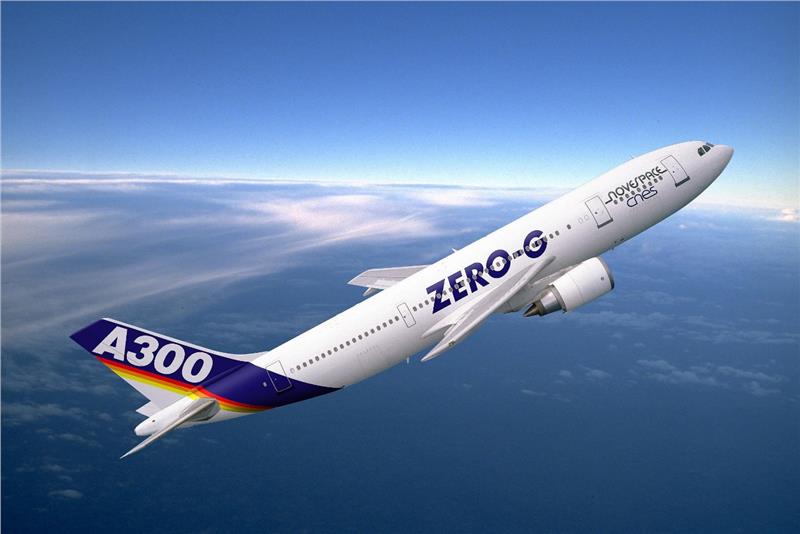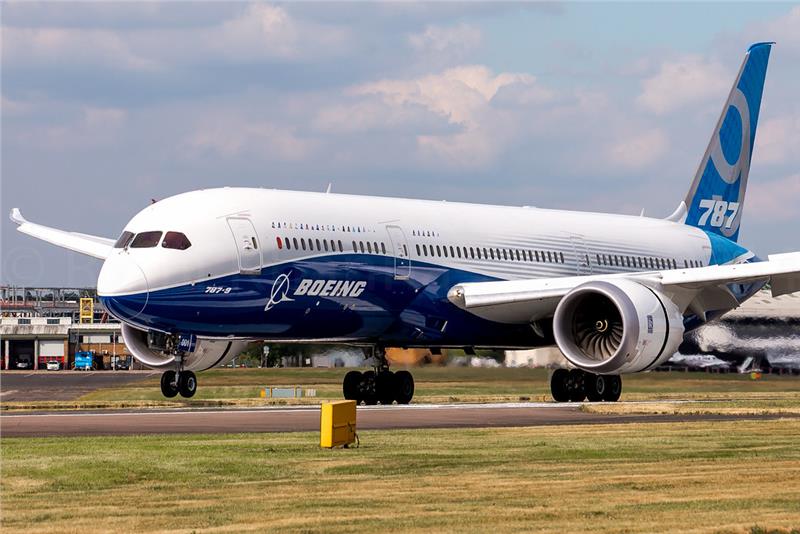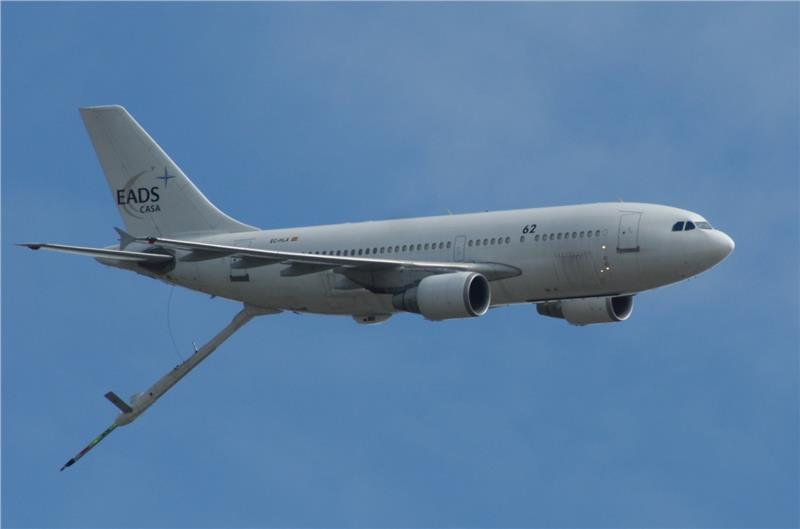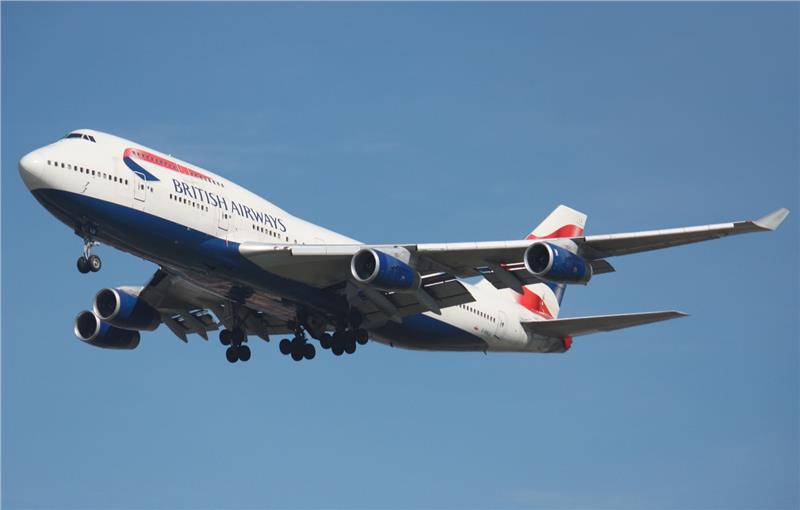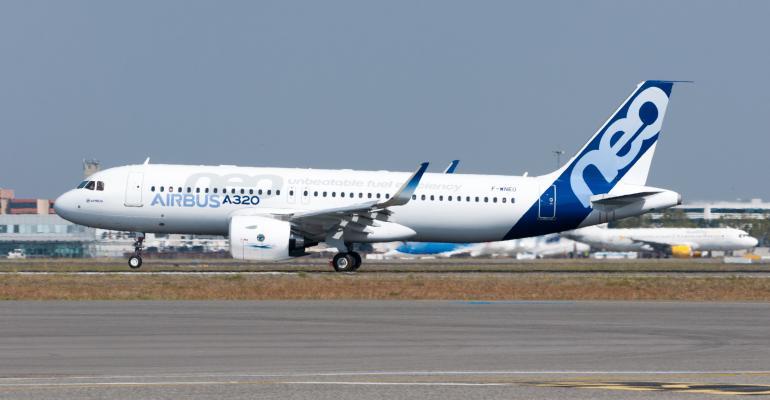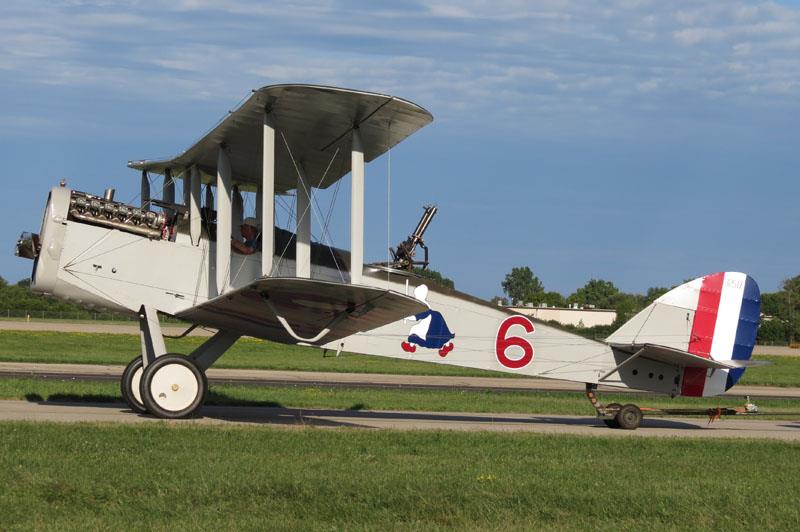The Boeing 707 is a four-engine jet aircraft produced by Boeing Commercial Airplanes from 1958 to 1979. In the following article, AloTrip will provide you with the most useful information about Boeing 707.
The Boeing 707 is a four-engine jet aircraft produced by Boeing Commercial Airplanes from 1958 to 1979. The Boeing 707 is a sweeping design with rugged engines. It can accommodate 140 to 219 passengers with a range of about 4630 to 10.650 km. As a result, aircraft is used not only for domestic, intercontinental and transatlantic flights but also for cargo and military applications.
The Boeing 707 was once dominated air transport in the 1960s and 1970s and is credited with initiating the Jet Age. This is the first successful commercial aircraft of Boeing making it the biggest manufacturer of airliners. Afterwards, Boeing launched a series of variants of the 707: Boeing 707-120B, Boeing 707-320 / -420, Boeing 707-320B, Boeing 707-320C.
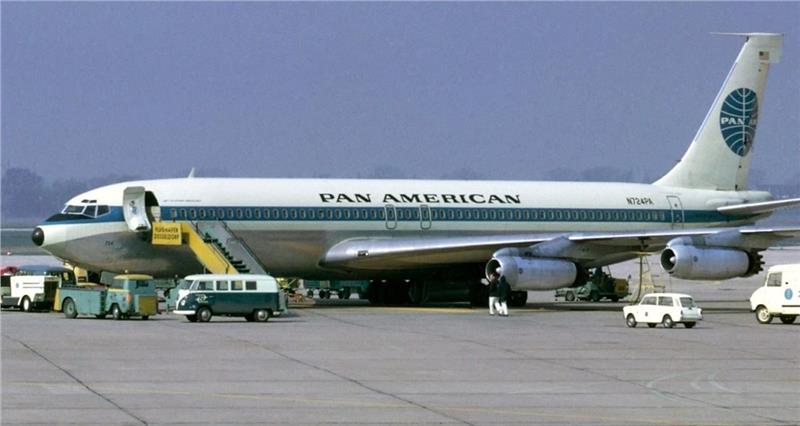
Development
Boeing was known for its military planes before and after World War II
During 1949 - 1950, due to the Boeing's civil aviation division, the company decided to research a new aircraft aimed at both the military and civilian. It was Boeing 707.
On 20 December, 1957, the first flight of Boeing 707 - 120 aircraft took place
On 18 September, 1958, the Boeing 707 - 120 aircraft was certified FAA.
On 26 October, 1958, Pan American World Airlines was the first customer of Boeing 707 with regular services.
Historically, Trans World Airlines, Continental Airlines, Pan Am and Saha Airlines had used Boeing 707 aircraft to serve their passengers.
Operational history
On 26 October, 1958, the Boeing aircraft made its first commercial flight with a route from Idlewild Airport, New York to Le Bourget, Paris with a stop at Gander, Newfoundland.
In December, National Airlines hired Boeing 707 from Pan American World Airlines to operate flights of the first US domestic airline between New York / Idlewild and Miami.
On 25 January, 1959, American Airlines was the first domestic airline to fly its own jet
From the 1960s onwards, the designs of the Boeing 707 were no longer suitable because it was too small to handle the growing number of passengers, and air travel.
As of 2019, only a few 707 Boeing aircraft are in operation. Currently, it is used to serve in military flight and aerial refueling, transport and AWAC missions.
Specifications
|
Variant |
707-120B |
707-320 / -420 |
707-320B |
707-320C |
|
Cockpit crew |
Minimum of three: Pilot, Copilot and Flight Engineer |
|||
|
1-Class/cargo : 16 -18 |
174 @ 34 " |
189 @ 34 " |
194 @ 32 " |
|
|
2 -Class/cargo : 16-18 |
137 (32J @ 38 "+ 105Y @ 34") |
141 (18J + 123Y) |
13 pallet 88 × 125 " |
|
|
Exit limit |
189 |
219 |
||
|
Length |
145 ft 1 in (44,22 m) |
152 ft 11 in (46,61 m) |
||
|
Fuselage width |
148 in / 3,759 m |
|||
|
Wingspan |
130 ft 10 in (39,88 m) |
142 ft 5 in (43,41 m) |
145 ft 9 in (44,42 m) |
|
|
Tail height |
41 ft 8 in (12,70 m) |
42 ft 2 in (12,85 m) |
42 ft 1 in (12,83 m) |
42 ft 0 in (12,80 m) |
|
MTOW |
256.340 lb / 117 t |
312.000 lb / 141,7 t |
333.600 lb / 151,5 t |
|

